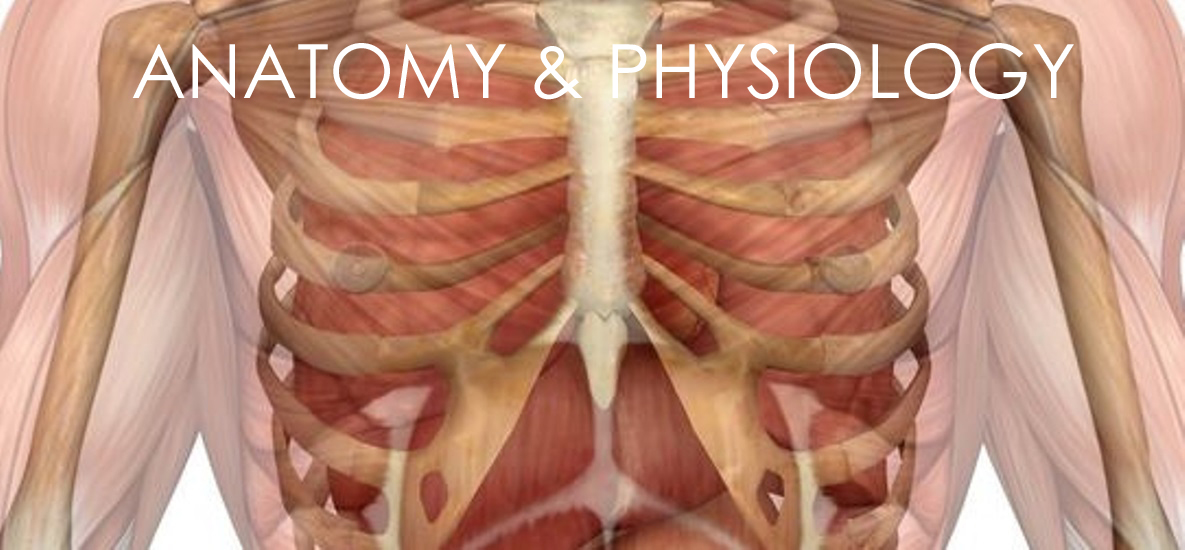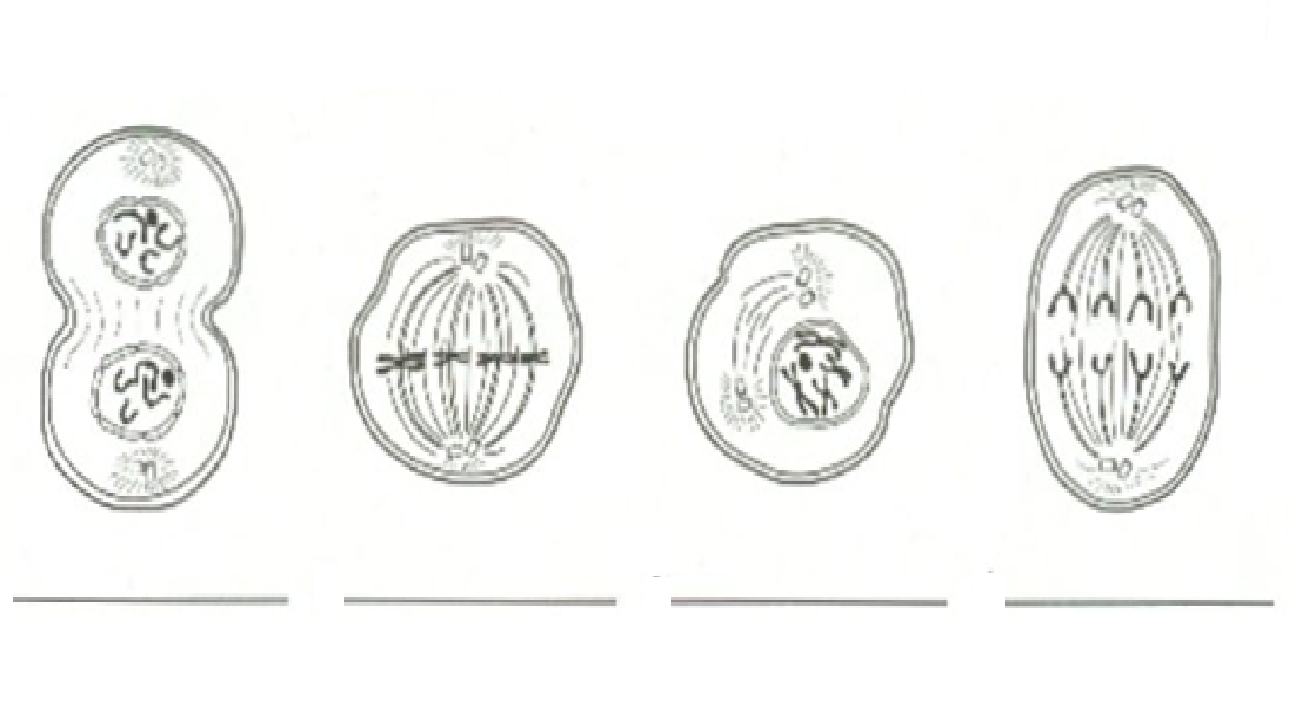BIO 110 Midterm Review Part I
Chapter ____________
- Know the definition of “Anatomy and physiology”?
- Know the planes i.e. what is the Plane that divides the body into Inferior and superior parts
- Know the different ;levels of organization i.e. What is the fourth level of the structural levels of organization in the body is:
- Know what is considered to be the correct anatomical position.
- Know what is the least and most complex unit that makes up the body is:
- Know what is anything that occupies space and has mass referred to as:
- Know the different types of compounds in living organisms:
- Know the different body cavities i.e. cavities that are in the dorsal cavity, organs in the dosal cavities etc.?
- Know definition of Homeostasis:
- Know what body parts pertains to the cephalic, cordal, superior etc.
- Know what is the most important characteristics of body structure referred to as:
- Know how many levels are there to the structural organization of living things?
- Know the structure that divides the thoracic cavity from the abdominal cavity is:
- Know the different body cavities of the body are the:
- Know how the major body cavities are categorized as:
- Know what the study of disease is referred to as:
- Know what the smallest functional unit in the body is referred to as:
- Know some examples of Cells:
- Know what self-initiated change in position is:
Chapter ______________
- Know what substances made of atoms that exist in nature re referred to as:
- Know what an acid is?
- Know what is the part of a solution that dissolves most compounds or solutes called:
- Know what makes plenty of H+ Ions, i.e. acid bases, solutes, proteins etc.
- Know what the basic unit of carbohydrate molecule is:
- Know what consists of molecules basic units called amino acids is: i.e.. protein, cholesterol, Lipids, Carbohydrates, etc.
- Know what best describes a chemical bond: i.e. Compounds that produce many OH- Ions, two or more molecules joined together , Compounds that forms ions when dissolved in water or The combination of atoms by an electrical force, etc.
- Know what produces many OH Ions? i.e. bases , acids, proteins, acids, etc.
- Know the the three main parts of the cell is:
- What does phagocytosis do:
- Synthesize protein
- inB. sur rounds the cell
- Interchange water and ion with the cell.
- Permits the cell to engulf and eat large particles.
Chapter ____________
- Know which transport process requires ATP
- Know the definition of diffusion is the movements of particles from:
- Know what supplies most power to cellular work:
- Know what ribosomes are in charge of:
- Know what is the double membrane that surrounds the cell called:
Chapter ____________:
- Know which is the most abundant and widely distributed tissue in the body:
- Know where are epithelial tissue located:
- Know how Squamous cells are shaped:
- Know which is muscles are considered to be involuntary?
- Know which tissue has he highest capacity to regenerate
Chapter _____________
- Know what a group of organs that work together is referred to as:
- Know the structure made up of 2 or more kinds of tissue and is organized to perform a more complex function is referred to as:
- Know what body system the hypothalamus, Thyroid Gland, Adrenal Gland belongs to?
- Know what body system the nose, lungs and Trachea can be found:
- The Teeth, Tongue, Liver and appendix are what kind of organs?
Chapter ____________
- Objective abnormalities that can be seen or measured by someone other than patient is referred to as:
- Diseases with undetermined causes are said to be? The term that is used to describe this is:
- Collection of different signs and symptoms iis referred to as:
- Epidemics that spread throughout the world is referred to as:
- Intracellular parasites that consists of nucleic acid is referred to as:
Chapter _________________
- Know what are the three types of epithelial tissues membrane i.e. cutaneous, mucous and….what?
- What is only found on surfaces within closed cavities i.e.:Cutaneous, Epithelial, Epidermis, Serous membrane, etc.
- The outer layer of the skin is termed what?
- Skin that turns a bluish gray color if termed?
- A bedsore is what type of lesion?
- Know the layers of the skin:
Chapter ______________
- Know the thin layer that lines the medullary Cavity is called:
- Know what is the part where the two main stem bronchi separate referred to:
- Know what is considered to be the largest organ in the Body is:
- Know where does gas exchange take place:
- Know the thin layer surrounding cancellous Bone is called:
- Know the Hard bone matrix that are mature bone cells: i.e. osteons, dense, osteocytes, cartilage etc…
- Know what resembles and differs from bone: i.e.Compact, Cartilage, Lacuna, Sponay Bone etc.
- Cartilage cells are called what?
- Know what Osteocytes are
- Know what a Chondrocyte is
- Know what Osteoblasts are:
- Know what lines the respiratory track: i.e. Smooth Muscles, Voluntary Muscles, Skeletal Muscles, Connective Tissue…. etc.
- Know the differences between a solid organ and a smooth organ.
- Know which PH values are considered Acidic, Basic and neutral. i.e. 5.8,. 7,. 2.3, 8.1
- Know what is considered to be the muscle is referred to the “muscle of respiration”:
- Know the cartilage which covers the larnx when swallowing is called:
- Know the functions of the respiratory system:
- Know definition of Ventilation and what is it is regulated by:
- Know another name for Hypodermis is:
- Know what is made up of oil and makes hair flexible:
- Know what unicellular is: i.e. Virus, Parasite, Bacteria, Fungi
- Know where marrow is found within:
- Know the system responsible for the bodies defense against pathogen and foreign bodies:
- Know the different types of white blood cells:
- Know which White blood cell is found in most abundance within the body.
- Know which White Blood Cells is found in least abundance within the body.
- Know the characteristics of capillaries:
- Know what tissues make up and are made of: i.e. Muscles, Nerves, Lining of the Bronchiole, Bone Marrow etc.
- Know if Bone is a type of: tissue, bone, organ system, specialized cell components, etc.
- Know if Blood is a type of: tissue, organ, specialized cell components etc.
Know the function of each of the following systems
- Lymphatic System ________________________
- Muscular system ________________________
- Cardiovascular/circulatory system
- Skeletal System ________________________
- Endocrine System ________________________
- Nervous System ________________________
- Respiratory System ________________________
- Digestive System ________________________
- Urinary System ________________________
- Respiratory System ________________________
Word Bank-Matching for questions 86-95
- Includes skin, hair, and nails. Protects the internal body from external environment.
- Movement of and through the body.
- Support and protection.
- Fast acting control system; provides communication throughout the body.
- Slower acting control system. Glands secrete hormones to help maintain homeostasis.
- transports blood, which carries oxygen, nutrients, and others substances through the body.
- Collects excess body fluid and returns it to the circulatory system after filtering and cleaning it.
- Brings oxygen into the body. Gets rid of carbon dioxide.
- Breaks down food into smaller molecules. Absorbs these nutrients into the body.
- Cleanses the blood and maintains water balance, producing urine from the waste.
95-100List 5 Diseases and the Organ systems they affect:
Disease Description Organ system it affects
- _________________________ ________________________ ________________________
2, _________________________ _________________________ ________________________
3, _________________________ _________________________ _______________________
4, _________________________ _________________________ ________________________
5, _________________________ _________________________ ________________________
Figure 1 The Cell
label stages of mitosis
Compare and Label
*Be prepared to label and describe a diagram similar or equal to the ones seen above*. Be prepared to discuss the different phases of Mitosis.

